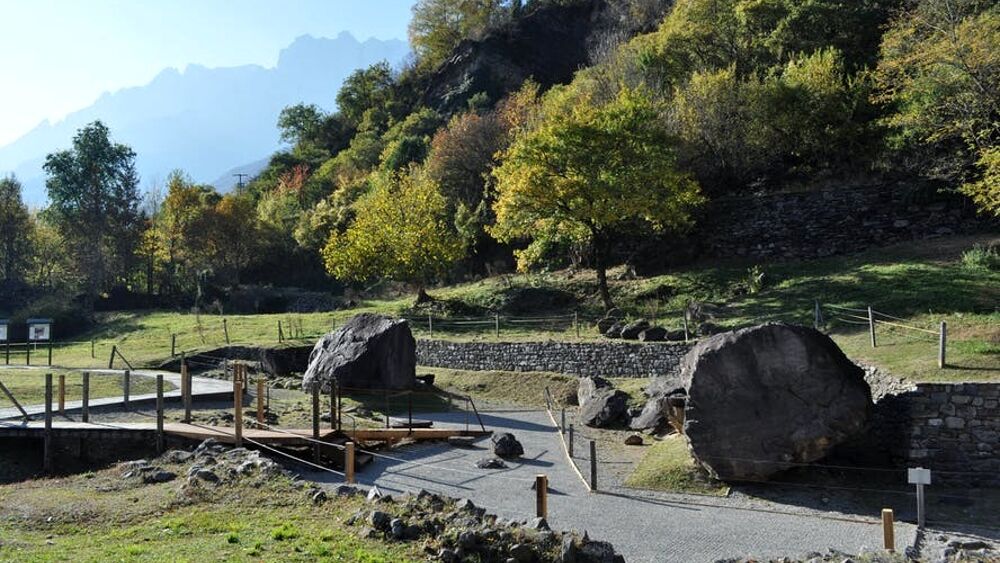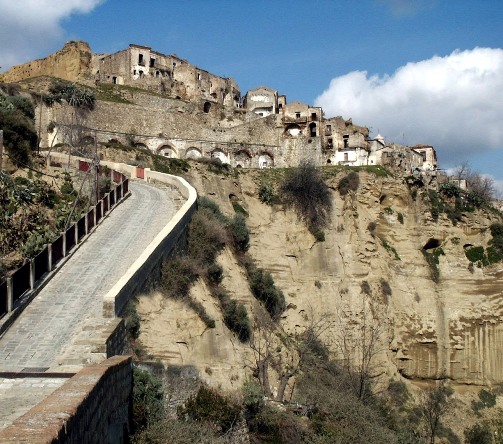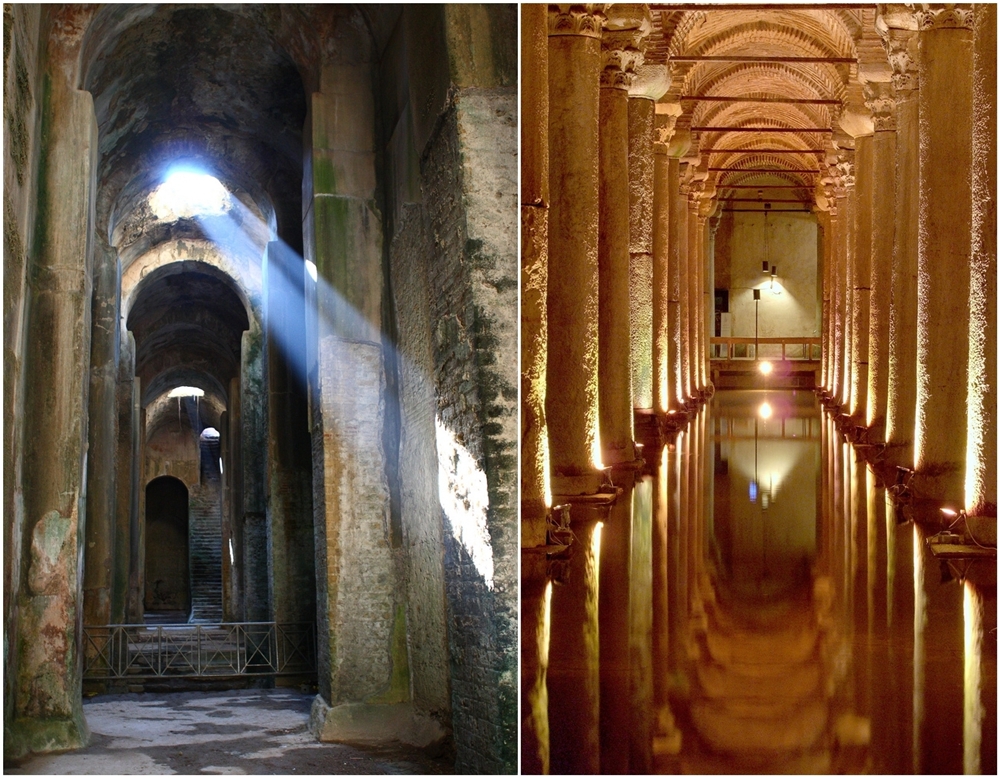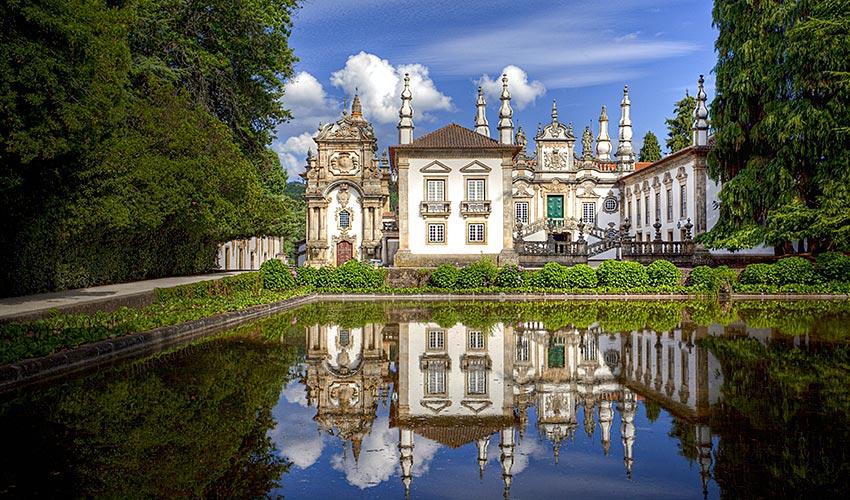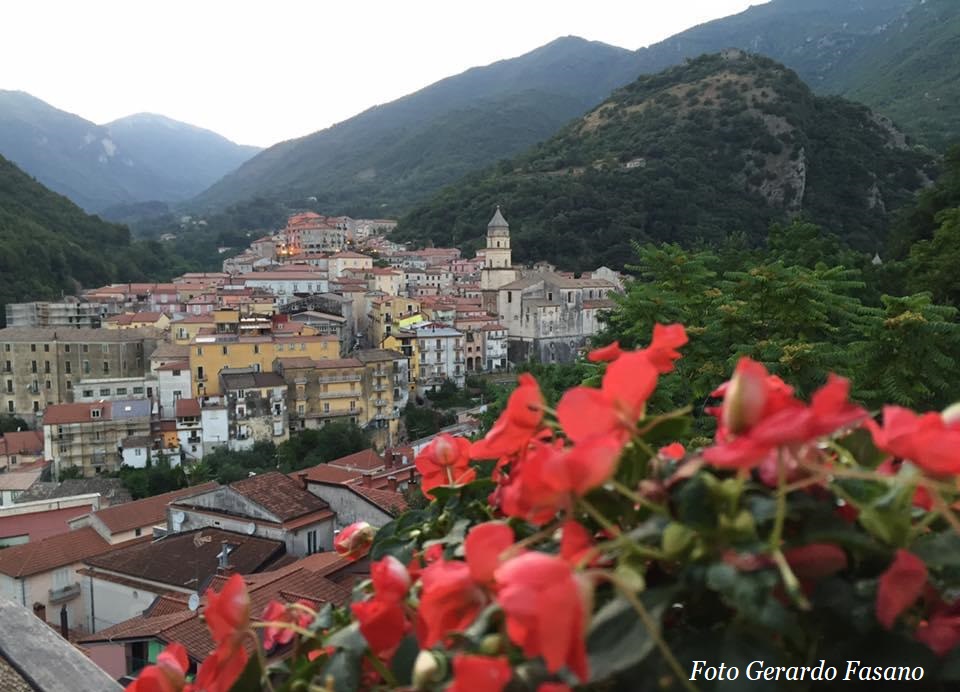The Camonica Valley is known worldwide for the incredible richness and variety of rock engravings: thanks to them, in 1979 the Camonica Valley became part of the UNESCO World Heritage Site as the first Italian site with over 180 locations distributed in 24 municipalities.
The Camonica Valley is located in eastern Lombardy and is one of the largest valleys in the central Alps; with an area of about 1518.19 km2 and 140,992 inhabitants, its territory originates from the 1883 meters of the Tonale Pass and extends to Lake Iseo, 90 km further downstream.
The entire length of the valley is crossed by the River Oglio, the fifth largest river in Italy, which rises at Ponte di Legno from the meeting of the Narcanello and Frigidolfo streams, then gives life to Lake Iseo and finally concludes its long journey in the Po River.The first evidence of the passage of man in Valle Camonica dates back more than 10,000 years ago when, after the end of the last ice age, the melting of the glacier allowed ideal conditions for the settlement of the first communities.
The ancient Camuni left more than 300,000 petroglyphs all along the valley, making the Camonica Valley the largest site of rock art in Europe.
You can take an incredible journey into prehistoric times through the archaeological parks of the Camonica Valley and admire the petroglyphs of a symbolic nature that evoke navigation, dance, war, agriculture, magic and normal daily life.
